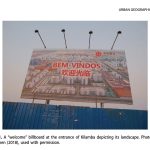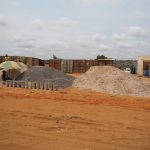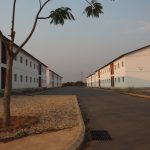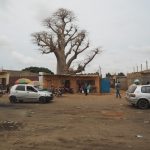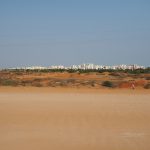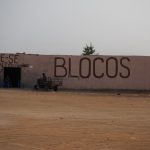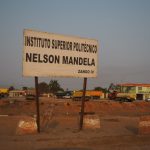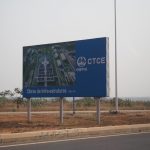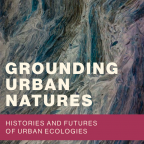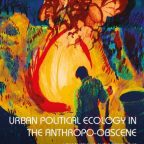Insights into petro-urbanism in Luanda: Findings from the GROWL project
The research project Grounding and Worlding Urban Infrastructure (GROWL, funded by AXA RF, 2018-2023) traced how oil extraction off the coast of Luanda has become infrastructure and housing projects built in large parts by Chinese contractors. Here we reflect on some of our findings which speak of interesting openings to better understand the environmental and social risks of Luanda’s rapid urbanization. Our findings are elaborated in detail and with appropriate referencing in our journal articles and in the documentary film above, Blocos Urbanism.
Oil and master planned urbanization: As Novas Centralidades
Since the early 2000s, master planned urbanization has generated massive housing developments in so-called New Centralities in Luanda. These have been financed through the selling of oil in exchange for large-scale infrastructure, mainly provided by Chinese banks and contractors, and supported by Angolan government policies allowing for the establishment of an extensive Chinese construction industry in Angola (Figure 1). The activities of the resulting industrial apparatus that was put in place through the extraction of oil, have subsequently driven the following processes that we have evidenced in our publications (Cardoso, Chen and Ernstson 2023; Kimari and Ernstson 2022; Cardoso 2022; Chen 2019).
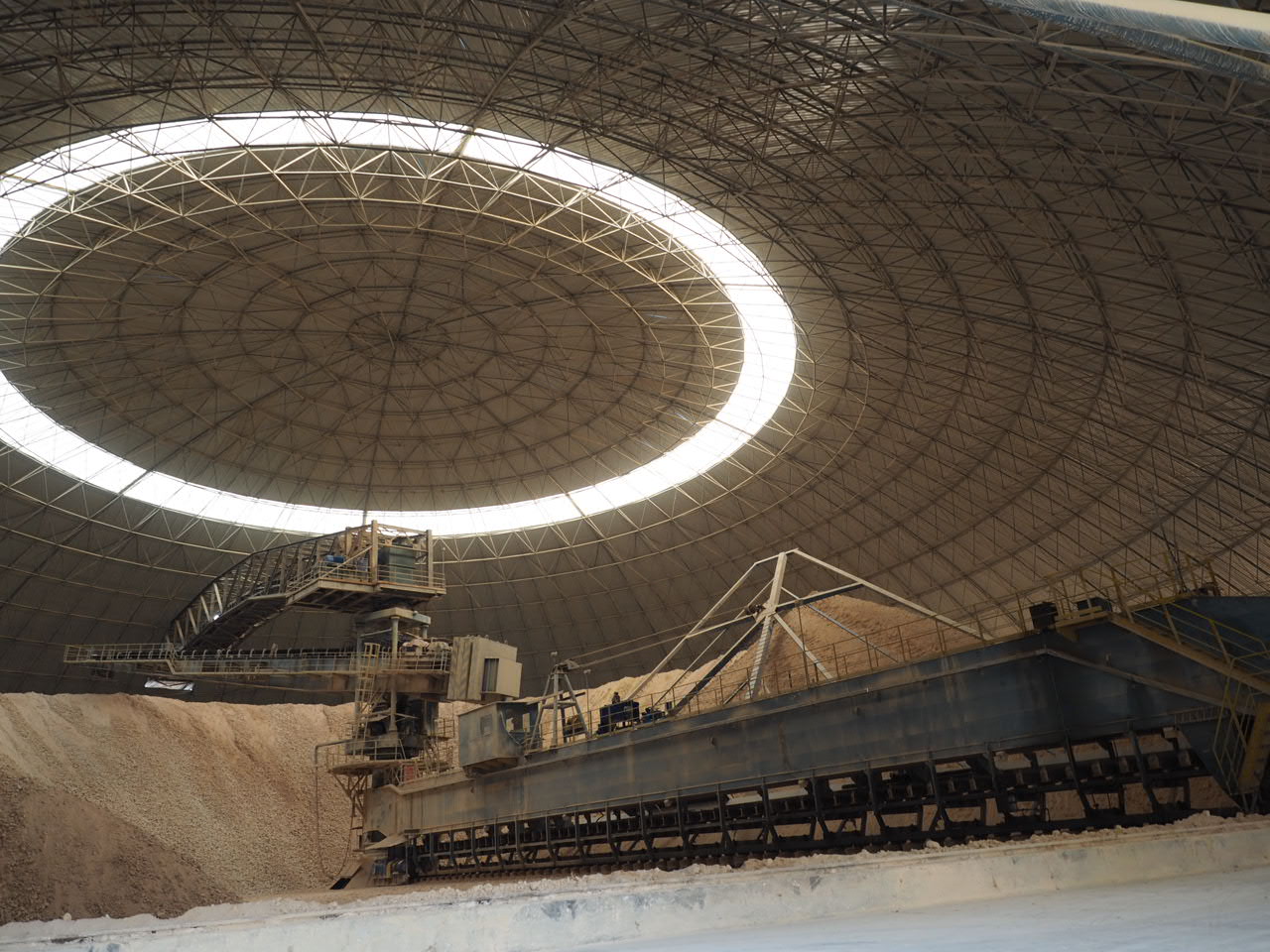
Figure 1. Early in the research we visited for instance, see image below, the massive cement factory outside of Luanda that was built by Chinese contractors in less than 18 months. The manager also told us that the Angolan state had provided subsidized access to sand mining areas in the vicinity. Photo by Chen/Ernstson 2018.
Extended urbanization through autoconstruction: the “New Centralities”
Since the New Centralities have been built in remote locales to house only middle and upper income residents, they have driven the specific expansion of autoconstructed areas in their immediate surroundings. Because these new autoconstructed areas are built by their comparatively poor residents as supporting agglomerations for the New Centralities, we call them the “New Peripheries.” Urban poor families have been attracted by the job market to provide domestic and security services for residents of New Centralities. Standard approaches to urban economics interpret this kind of dynamic as an economic “trickle down” effect from the state-controlled building projects and the upper-middle classes that can afford to buy or rent in the New Centralities. However, our analysis shows how the central importance of social class distinctions shape housing and livelihood outcomes in both the New Centralities and the New Peripheries. Luanda’s emerging middle-class requires domestic services to perform and control their class status. This state-sponsored class-dynamic deepens socio-economic segmentation and socio-spatial segregation, which has not been addressed in planning processes or in policies that have shaped the occupation and expansion of the New Centralities.
Our analysis suggests further that the building of the New Centralities, which was framed as a way of solving a housing crisis in Luanda, is a mechanism for creating state-controlled capital flows between Angola and China with little insight or scrutiny from the public or local (or international) NGOs. The partnership has generated a growing series of environmental and social impacts and risks from these urbanization and infrastructure projects that have not been debated. Moreover, the possibility to create alternative development trajectories that might benefit more people have not been widely discussed.
We find that such state-controlled development agendas are embedded in more general processes of depoliticization. The broader and unevenly distributed social and environmental costs and risks attached to these urban developments are increasingly rare in public debates. They are rather silenced, intentionally and through auto-censorship in the contexts of authoritarian forms of governing in Angola and China. Such processes of depoliticization should also be further analyzed within the context of rapidly changing ecological and disaster politics.
While the primary objective for this industrial apparatus was to put in motion the materials and labour to build the New Centralities that ended up catering the middle and upper income households, the mass production of construction materials also created a secondary market for construction materials (Figure 2). This market in turn has contributed to the consolidation and further expansion of informally constructed (“autoconstructed”) peri-urban housing areas, in which people have tenuous claims on land tenure. These areas, known as the musseques, have increased social and environmental risks for their families and households. There is a clear and intimate relation between the housing projects and the generation of risks and costs for poorer families in the larger Luandan urban region.
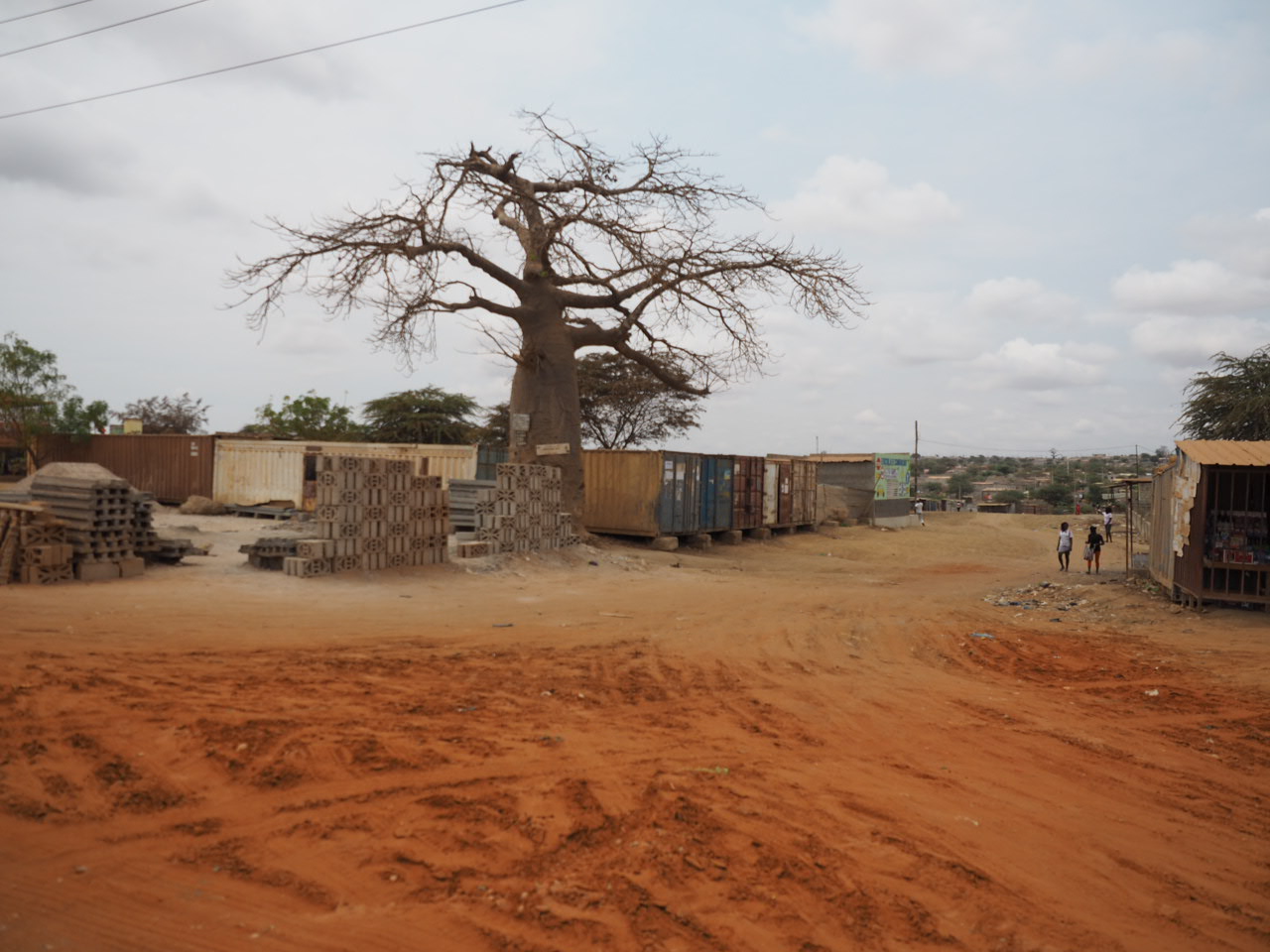
Figure 2. A baobab tree and a market for cement blocks in Luanda’s periphery. Photo by Chen/Ernstson, 2018.
Chinese construction industry diversification and expansion in Luanda
Partly because of the drop in oil prices in 2014, many Chinese companies left Angola but others remained and searched for a new “niche” industry. This dynamic generated:
A shift from a focus on large-scale projects to the production of prefabricated cement blocks that expanded the market for materials for autoconstructed housing. Chinese companies have used their Angolan concessions for sand, aggregate and cement to produce concrete blocks, or “blocos de cimento,” for a much lower price than small-scale Angolan artisanal producers (Figure 3, Figure 4). This has quickly transformed the expansive auto-constructed settlements in the greater Luanda region with one effect being that housing for the urban poor is now more firmly fixed: from hundreds of thousands of shacks built with corrugated iron sheets (repurposed from the oil industry) to hundreds of thousands of cement-block homes. However, increasing commercial supply has brought more differentiation in quality and durability. This differentiation has contributed to a widespread sense that autoconstructed housing, even built from cement blocks, is not permanent. This erodes the notion of land and housing tenure for the majority of Luandan residents, and stands in sharp contrast to the sense of permanence and privilege in the state-planned New Centralities.
This in turn demonstrates an interesting theoretical insight, the making of an extractive political economy of urbanization itself. Through the land grants and resource concessions that the Angolan state has given to Chinese firms, these firms have in turn created a segmented political economy where Chinese-owned firms produce housing for the many while pulling profits out of the country. This is a correction from classical urban economy that describes urban construction and land development as part of the “third tier,” a “service” for industries of the productive economy of the city. But here we have extraction from urban landscape itself.
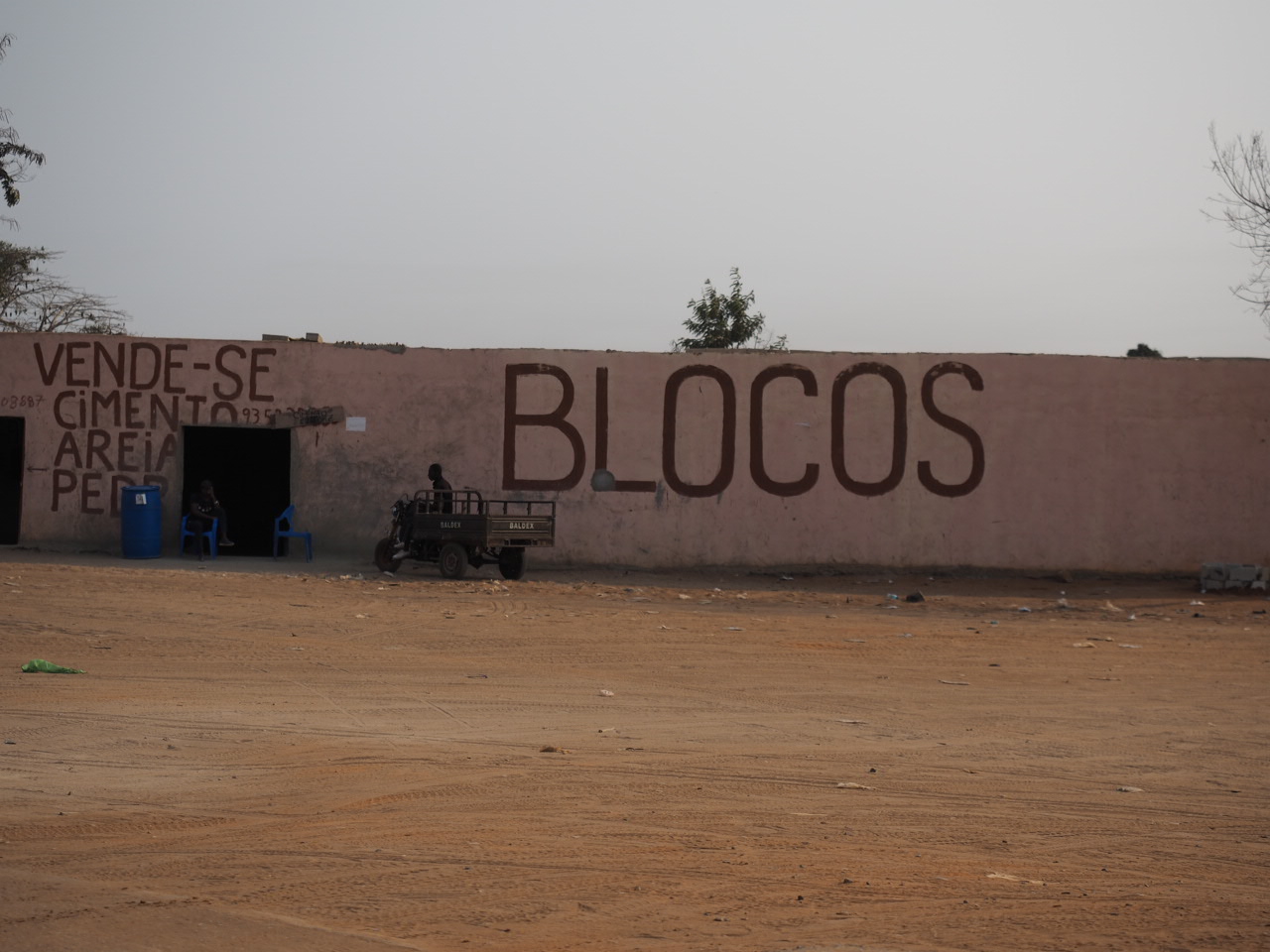
Figure 3. Blocos, simple cement blocks on sale for autoconstructed urban living. Photo by Cardoso/Chen, 2018.
Invisibilized gendered reproductive labour backing up a “success story” of master planned petro-urbanism in Luanda
New Centralities in Luanda, in particular the first one, Kilamba has functioned as a state-sanctioned symbol of success for reconstruction after the civil war, where Kilamba’s size, novelty, and modern aesthetics has been of primary focus. There has been little attention towards understanding the actual contributions of its workers, particularly the women who spend a significant part of their day working in Kilamba’s buildings and apartments, which, despite being quite new, have faulty elevators, regularly lack access to water and electricity making domestic work harder. The everyday practices by poor women are thus upholding the status and functioning of this New Centrality, even as their work is invisibilized. Their own analysis are powerful critiques of the “inclusivity of the New Angola” (Figure 5).
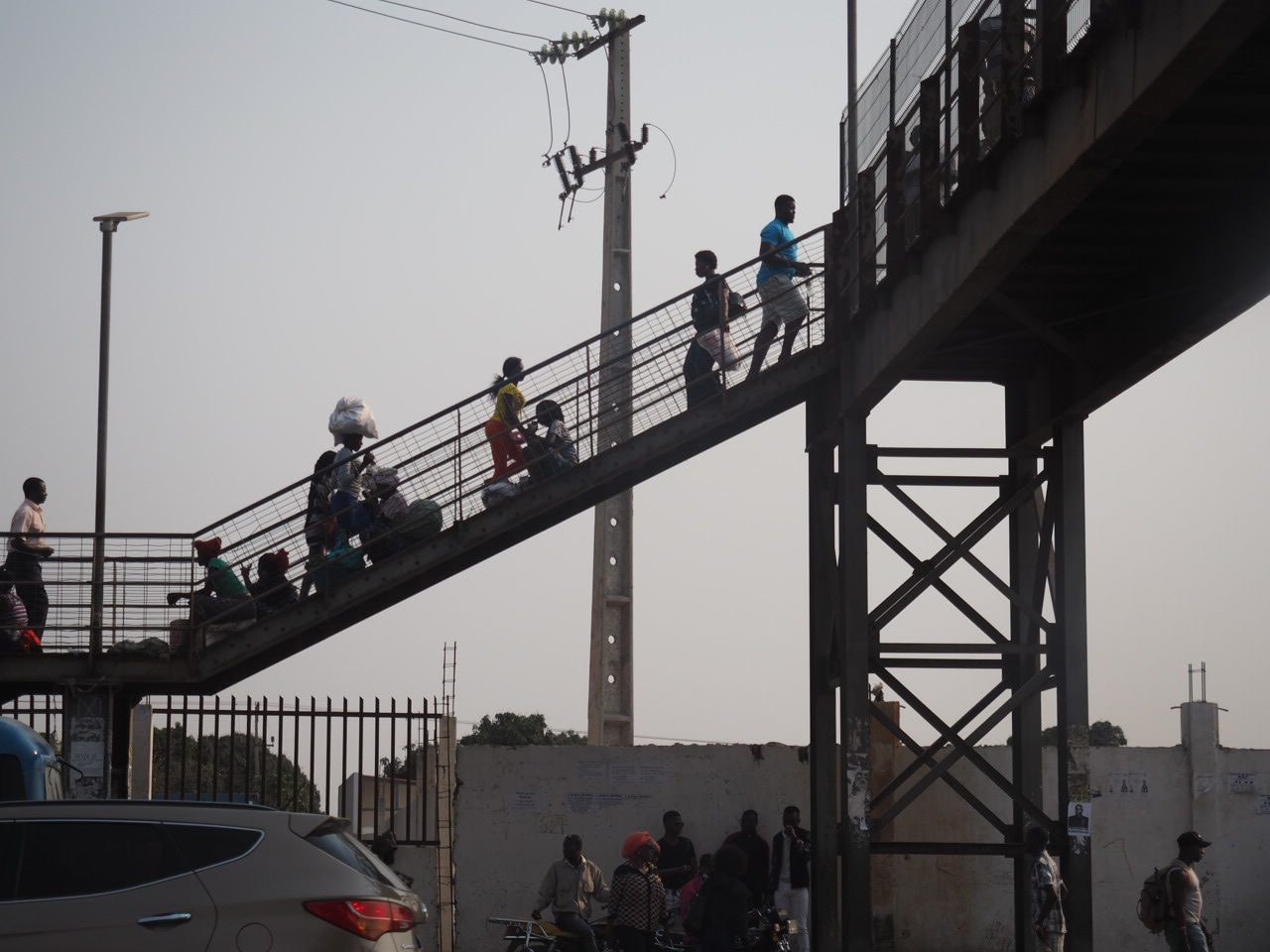
Figure 5. Crossing a highway in Luanda. Photo by Chen/Ernstson, 2018.
- New Centralities, large-scale housing construction through oil-backed loans.
- “New Peripheries” growing through low-tech housing construction.
- Chinese-built cement factory outside Luanda.
- Housing project with oil-backed loans.
- A baobab tree as witness to selfconstructed living in Luanda’s outskirts.
- Kilamba, a New Centrality some 35 km from the city centre of Luanda.
- Blocos, simple cement blocks on sale for autoconstructed urban living.
- Mural in city centre of Luanda.
- Technical institute named after an African hero in Luanda.
- Billboard urbanism, the promise of a modernist future.
